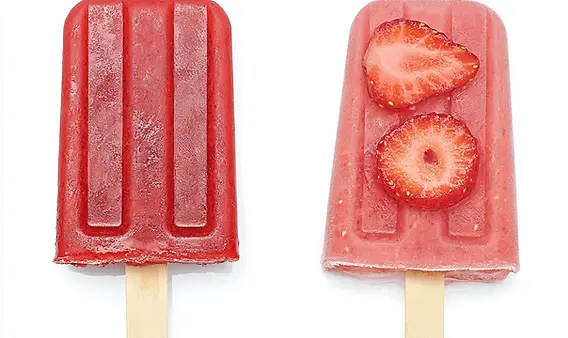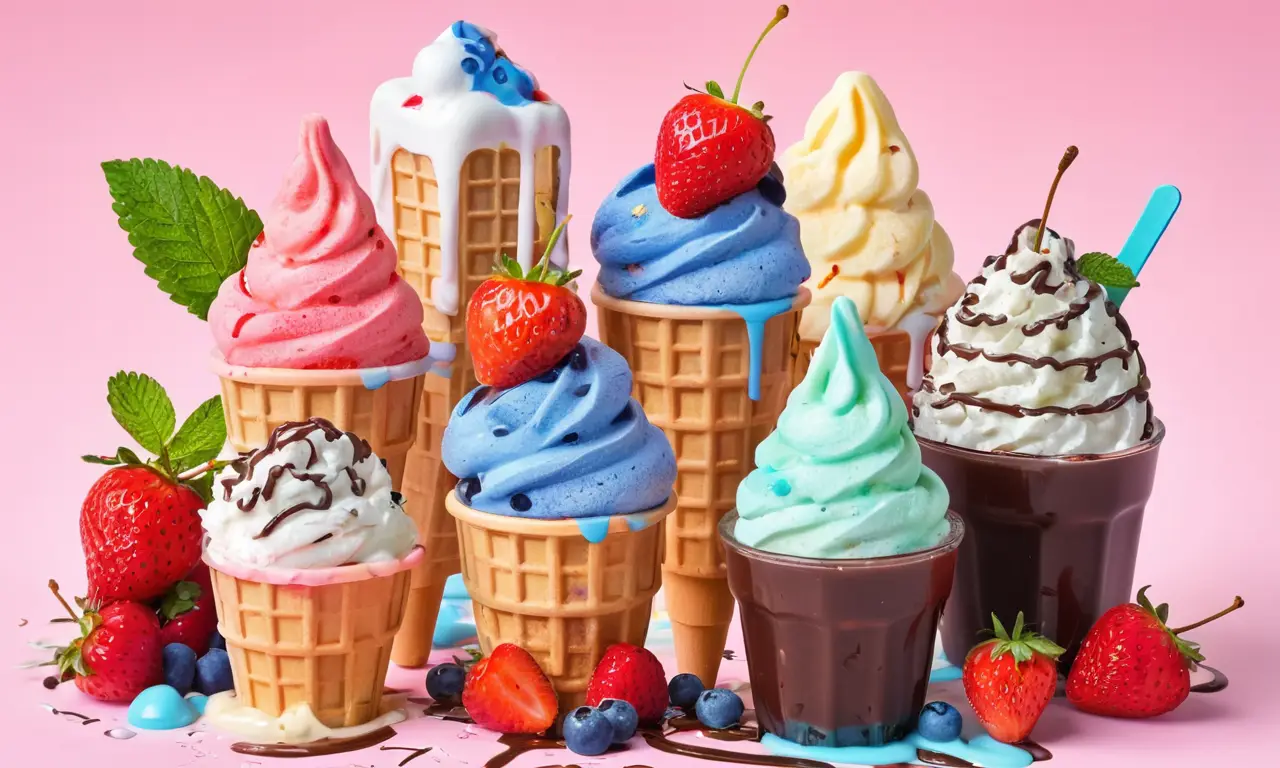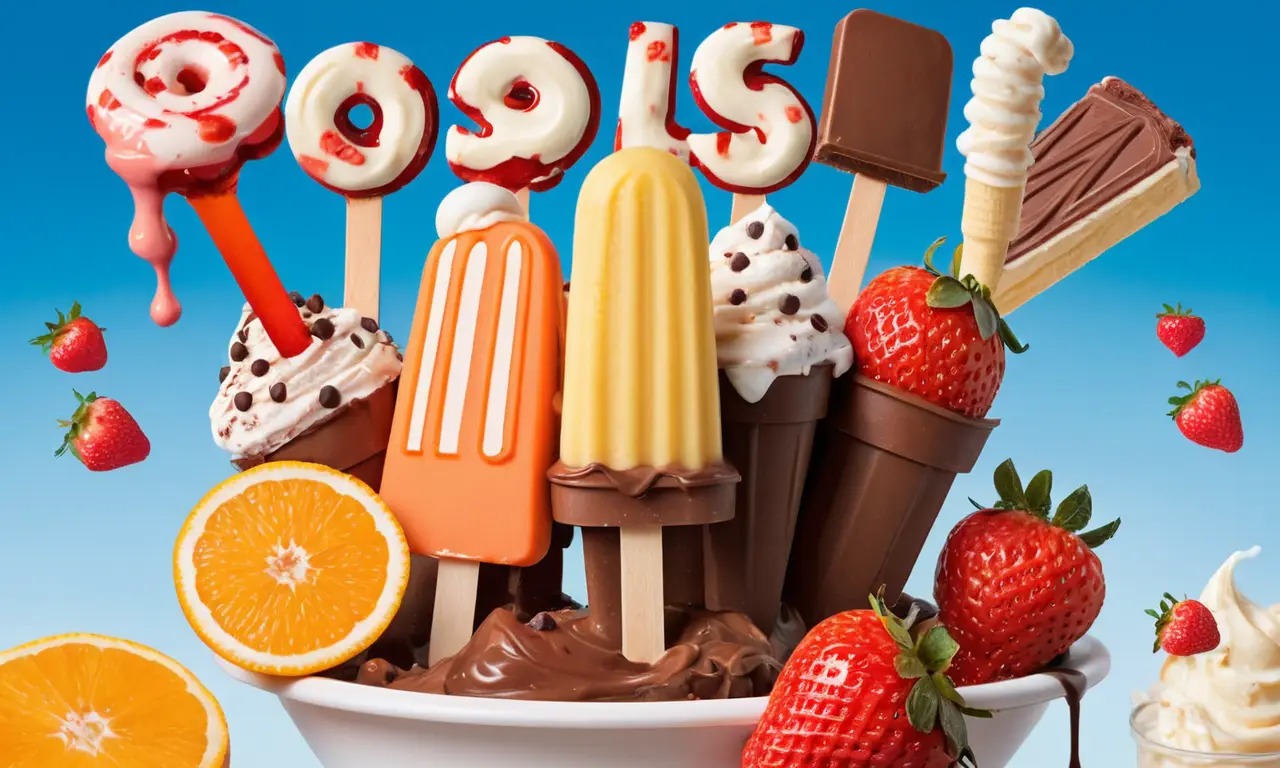
Summertime wouldn’t be the same without a refreshing frozen treat to beat the heat. Two popular contenders for this coveted spot are popsicles and ice cream, both offering a delightful escape from scorching temperatures. While they share the common ground of being cold and delicious, these icy delights have distinct characteristics that set them apart. This article delves into the key differences between popsicles and ice cream, exploring their ingredients, textures, nutritional profiles, and overall popularity.
This comprehensive comparison will equip you with a deeper understanding of these frozen favorites, allowing you to make informed choices based on your preferences and dietary needs. From the creamy richness of ice cream to the fruity simplicity of popsicles, we’ll uncover the unique qualities that make each treat special.
Popsicles vs Ice Cream
At their core, both popsicles and ice cream are frozen desserts designed to cool you down. However, their origins and traditional preparations diverge significantly. Ice cream boasts a rich history dating back centuries, evolving from early frozen concoctions in ancient civilizations to the sophisticated varieties we enjoy today. Popsicles, on the other hand, emerged as a more recent invention, gaining popularity in the early 20th century with the introduction of commercially produced ice pops.
This historical distinction reflects itself in their cultural significance. Ice cream often holds a place of prominence at celebrations and special occasions, symbolizing indulgence and luxury. Popsicles, conversely, are frequently associated with childhood memories, summer fun, and simple pleasures. Despite these differences, both popsicles and ice cream have secured their positions as beloved frozen treats enjoyed worldwide.
Ingredients Comparison

The fundamental difference between popsicles and ice cream lies in their ingredients. Ice cream typically relies on a base of dairy products like milk, cream, and sometimes even condensed milk or evaporated milk. These components contribute to its characteristic creamy texture and rich flavor. Sugar is added for sweetness, while eggs are often incorporated to enhance the smoothness and stability of the mixture.
Popsicles, in contrast, frequently utilize fruit juice as their primary ingredient. This gives them a naturally sweet and tangy flavor profile. Other common popsicle ingredients include water, sugar, and sometimes additives like artificial flavors or colors. Some popsicles may also incorporate dairy products, but this is less common than in ice cream.
Variations in Ingredients
Both popsicles and ice cream offer a wide range of variations based on different flavor combinations and additional ingredients. Ice cream can be flavored with chocolate, vanilla, strawberry, or countless other options. It can also include mix-ins like nuts, fruits, candies, or cookie dough. Popsicles similarly boast diverse flavors, from classic fruit varieties to more adventurous combinations like mango-lime or watermelon-mint.
Some popsicles even incorporate dairy products, creating a hybrid treat that bridges the gap between traditional popsicles and ice cream. This allows for greater flexibility and caters to a wider range of taste preferences.
Texture Differences
The most noticeable difference between popsicles and ice cream lies in their texture. Ice cream boasts a smooth, creamy consistency due to the presence of dairy products and the churning process that incorporates air into the mixture. This creates a rich and velvety mouthfeel that melts slowly on the tongue.
Popsicles, on the other hand, have a distinctly icy and solid texture. This is primarily because they often lack the emulsifying properties of dairy products, resulting in a more rigid structure. The freezing process solidifies the juice or base mixture, creating a treat that requires effort to consume.
Nutritional Value

Both popsicles and ice cream can contribute calories and sugar to your diet, but their nutritional profiles differ based on ingredients and preparation methods. Ice cream generally contains higher amounts of fat and protein due to its dairy base. Some varieties may also be fortified with vitamins and minerals.
Popsicles, particularly those made with fruit juice, can provide a source of vitamins and antioxidants. However, they often contain added sugar, which can contribute to empty calories. It’s important to choose popsicles made with natural ingredients and limit your intake to maintain a balanced diet.
Popularity and Consumption
Both popsicles and ice cream enjoy widespread popularity across the globe. Ice cream is a staple dessert in many cultures, served in various forms like cones, cups, sundaes, and milkshakes. Its versatility and indulgent nature contribute to its enduring appeal.
Popsicles are particularly popular during hot weather months, offering a refreshing and convenient treat for children and adults alike. Their portability and affordability make them a favorite at picnics, parties, and outdoor gatherings.
Conclusion
While both popsicles and ice cream offer delicious ways to cool down on a hot day, their distinct ingredients, textures, nutritional profiles, and cultural significance set them apart. Ice cream reigns supreme with its creamy richness and versatility, while popsicles provide a simpler, fruitier alternative that’s perfect for summertime enjoyment. Ultimately, the choice between these frozen treats comes down to personal preference and individual needs. Whether you crave the indulgence of ice cream or the refreshing simplicity of a popsicle, there’s a perfect frozen treat waiting to satisfy your summer cravings.
